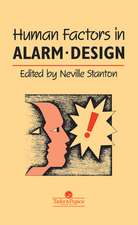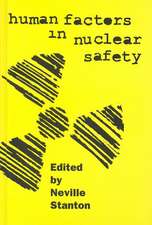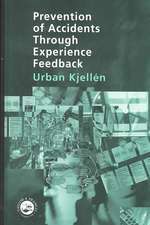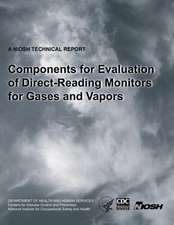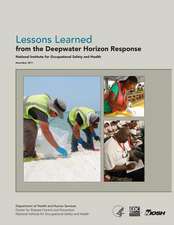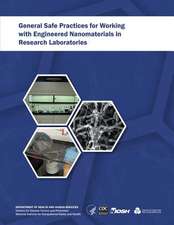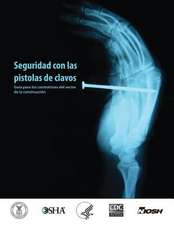Canine Ergonomics: The Science of Working Dogs
Editat de William S. Heltonen Limba Engleză Hardback – 28 apr 2009
Providing a complete overview, from physiology to cognition, this is the first book to discuss working dogs from a scientific perspective. It covers a wide range of current and potential tasks, explores ergonomic and cognitive aspects of these tasks, and covers personality traits and behavioral assessments of working dogs. A quick look at the chapters, contributed by experts from across the globe and across the multidisciplinary spectrum, illustrates the breadth and depth of information available in this book.
Traditionally, information concerning working dogs is mostly hearsay, with the exchange of information informal at best and non-existent at worst. Most books available are too general in coverage or conversely, too specific. They explain how to train a service dog or train a dog to track, based on training lore rather than empirical methods verified with rigorous scientific standards. This book, drawing on cutting edge research, unifies different perspectives into one global science: Canine Ergonomics.
Preț: 791.03 lei
Preț vechi: 964.67 lei
-18% Nou
Puncte Express: 1187
Preț estimativ în valută:
151.38€ • 164.38$ • 127.16£
151.38€ • 164.38$ • 127.16£
Carte tipărită la comandă
Livrare economică 22 aprilie-06 mai
Preluare comenzi: 021 569.72.76
Specificații
ISBN-13: 9781420079913
ISBN-10: 1420079913
Pagini: 366
Ilustrații: 74 black & white illustrations, 20 black & white tables
Dimensiuni: 156 x 234 x 23 mm
Greutate: 0.7 kg
Ediția:1
Editura: CRC Press
Colecția CRC Press
ISBN-10: 1420079913
Pagini: 366
Ilustrații: 74 black & white illustrations, 20 black & white tables
Dimensiuni: 156 x 234 x 23 mm
Greutate: 0.7 kg
Ediția:1
Editura: CRC Press
Colecția CRC Press
Public țintă
Academic, Professional, and Professional Practice & DevelopmentCuprins
Canine Ergonomics: Introduction to the New Science of Working Dogs. Skill and Expertise in Working Dogs: A Cognitive Science Perspective. Social Learning in Dogs. Temperament and Personality in Working Dogs. Overview of Scent Detection Work: Issues and Opportunities. Evaluating Learning Tasks Commonly Applied in Detection Dog Training. Attention in Dogs: Sustained Attention in Mine Detection as Case Study. Olfaction and Explosives Detector Dogs. Conservation Dogs. Working Dogs: The Last Line of Defense for Preventing Dispersal of Brown Treesnakes from Guam. Canine Augmentation Technology for Urban Search and Rescue. Physiological Demands and Adaptations of Working Dogs. Physical and Mental Stress of SAR Dogs During Search Work. Signs of Physiological Stress in Dogs Performing AAA/T Work. Benefits of Animal Contact and Assistance Dogs for Individuals with Disabilities. Conclusion: Working Dogs and the Future.
Notă biografică
William S. Helton is currently senior lecturer in the Department of Psychology at the University of Canterbury and associate professor in the Department of Cognitive and Learning Sciences at Michigan Technological University. He received his B.A. in Philosophy and Mathematics from Evergreen State College in 1995, his M.A. in Psychology from the University of Cinncinnati in 1998, and his Ph.D. in Psychology from the University of Cincinnati in 2002. His research focuses on expertise and attention in dogs and humans. His research has been published in Acta Pscyhologica, Animal Cognition, the British Journal of Psychology, the Journal of Experimental Psychology, the Journal of Clinical and Experimental Neuropsychology, and numerous other publications.
Descriere
As with many developing fields, the literature on working dogs is scattered across several non-overlapping disciplines from forensics and the life sciences to medicine, security, and wildlife biology. This book draws together related research into an interdisciplinary resource of science-based information. Providing a complete overview, from physiology to cognition, the book discusses working dogs from a scientific perspective. It covers a wide range of current and potential tasks, explores ergonomic and cognitive aspects of these tasks, and covers personality traits and behavioral assessments of working dogs.




